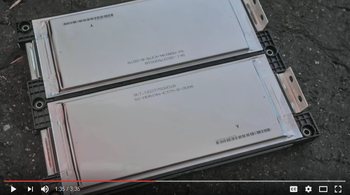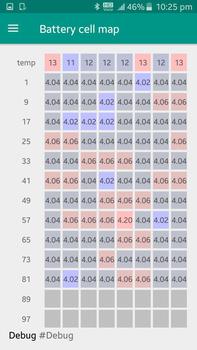Hi everyone,
ThI’m new here but I was reading your posts since September.
After some superficial research I’m thinking of buying few cells and putting them in the battery packs instead of bad ones.
Not interested in getting original second hand ones but buying some alternative ones with closest specifications to the originals.
For example:
https://x.alibaba.com/AvDkvL?ck=pdp
Any thoughts and experiences?
ThI’m new here but I was reading your posts since September.
After some superficial research I’m thinking of buying few cells and putting them in the battery packs instead of bad ones.
Not interested in getting original second hand ones but buying some alternative ones with closest specifications to the originals.
For example:
https://x.alibaba.com/AvDkvL?ck=pdp
Any thoughts and experiences?




































![300W Car Power Inverter 12V to 110V,PiSFAU DC to AC Car Plug Adapter Outlet with Multi USB[24W USB-C] /USB-Fast Charger(24W) Car Inverter,Car Charger for Laptop Vehicles Road Trip Essentials](https://m.media-amazon.com/images/I/41-KedJShYL._SL500_.jpg)









